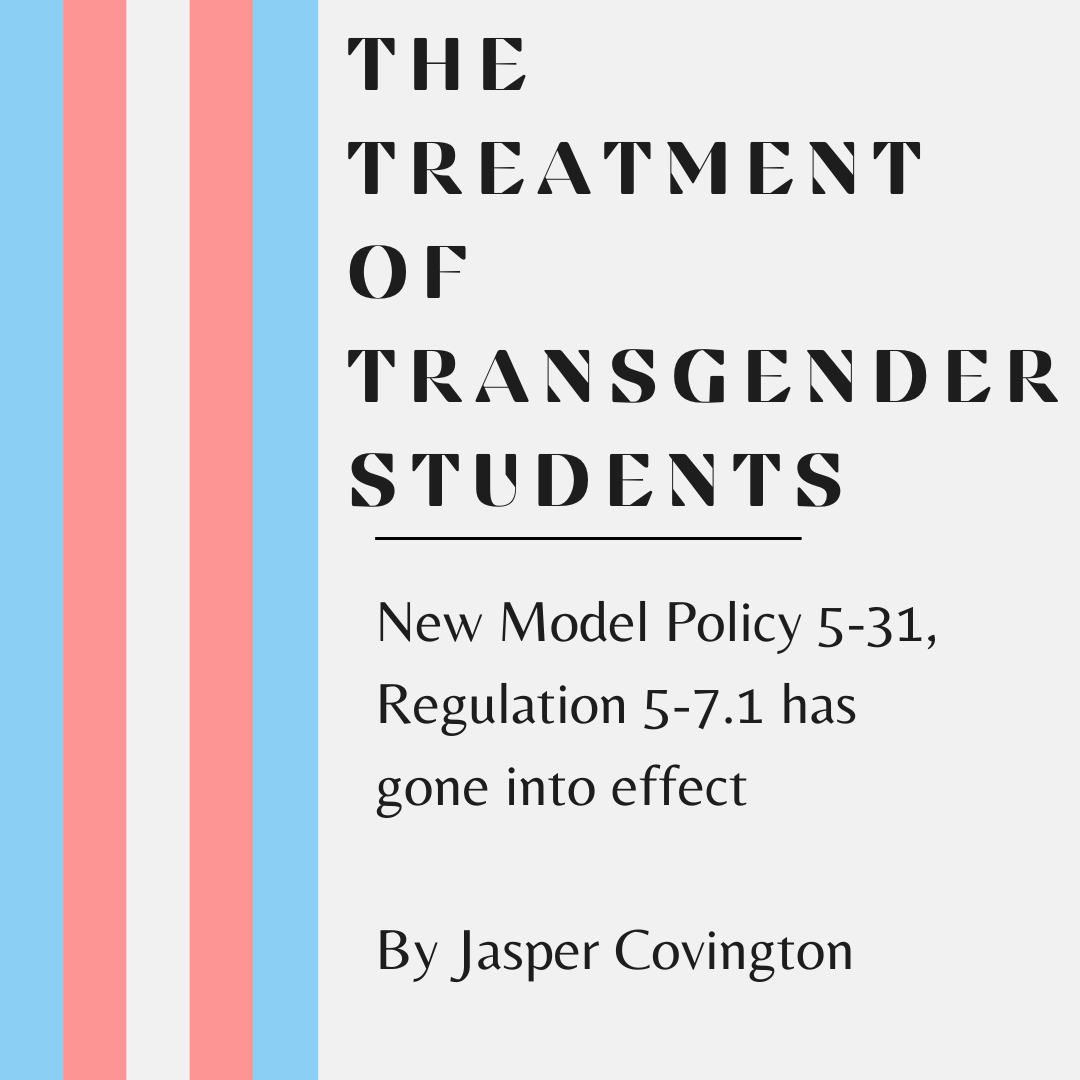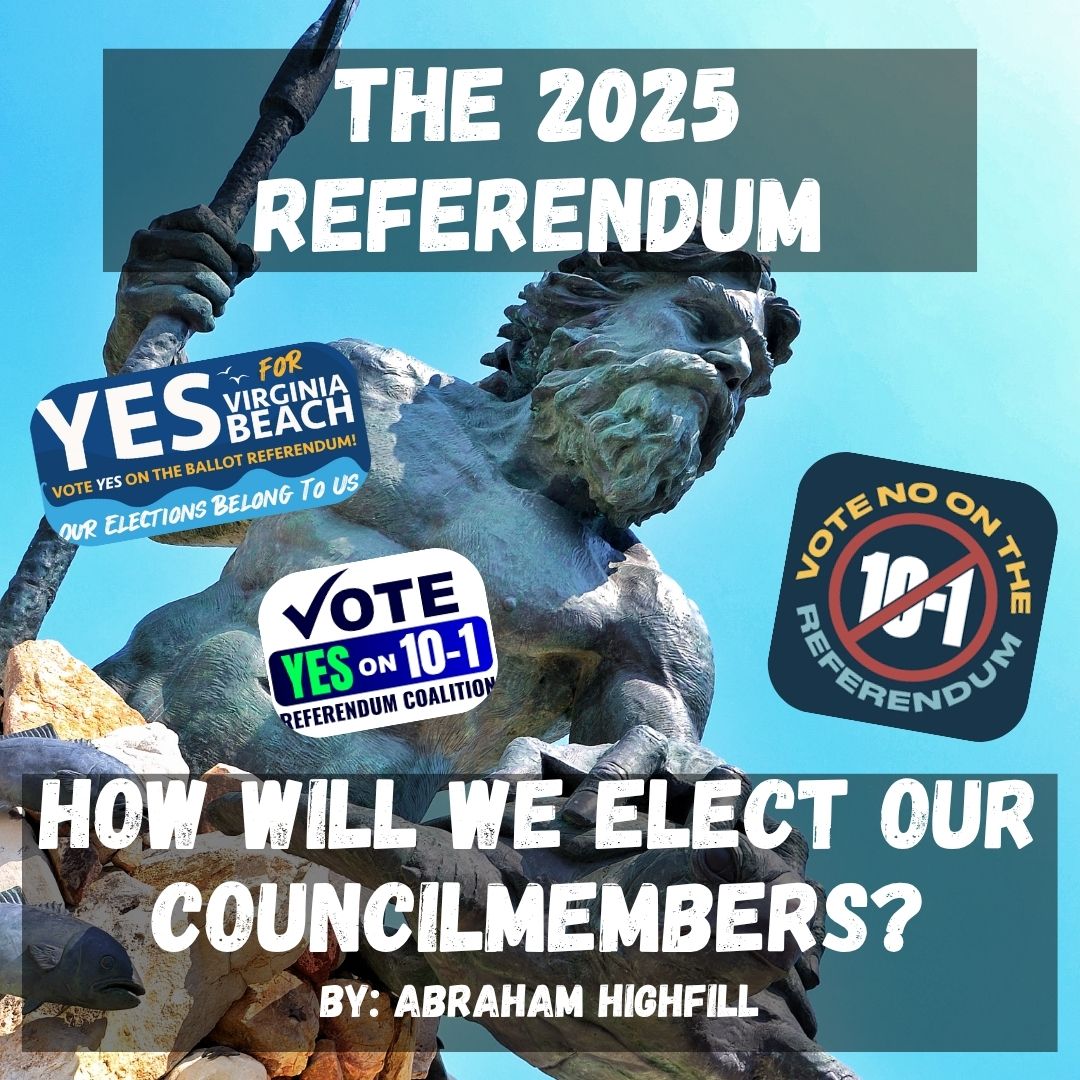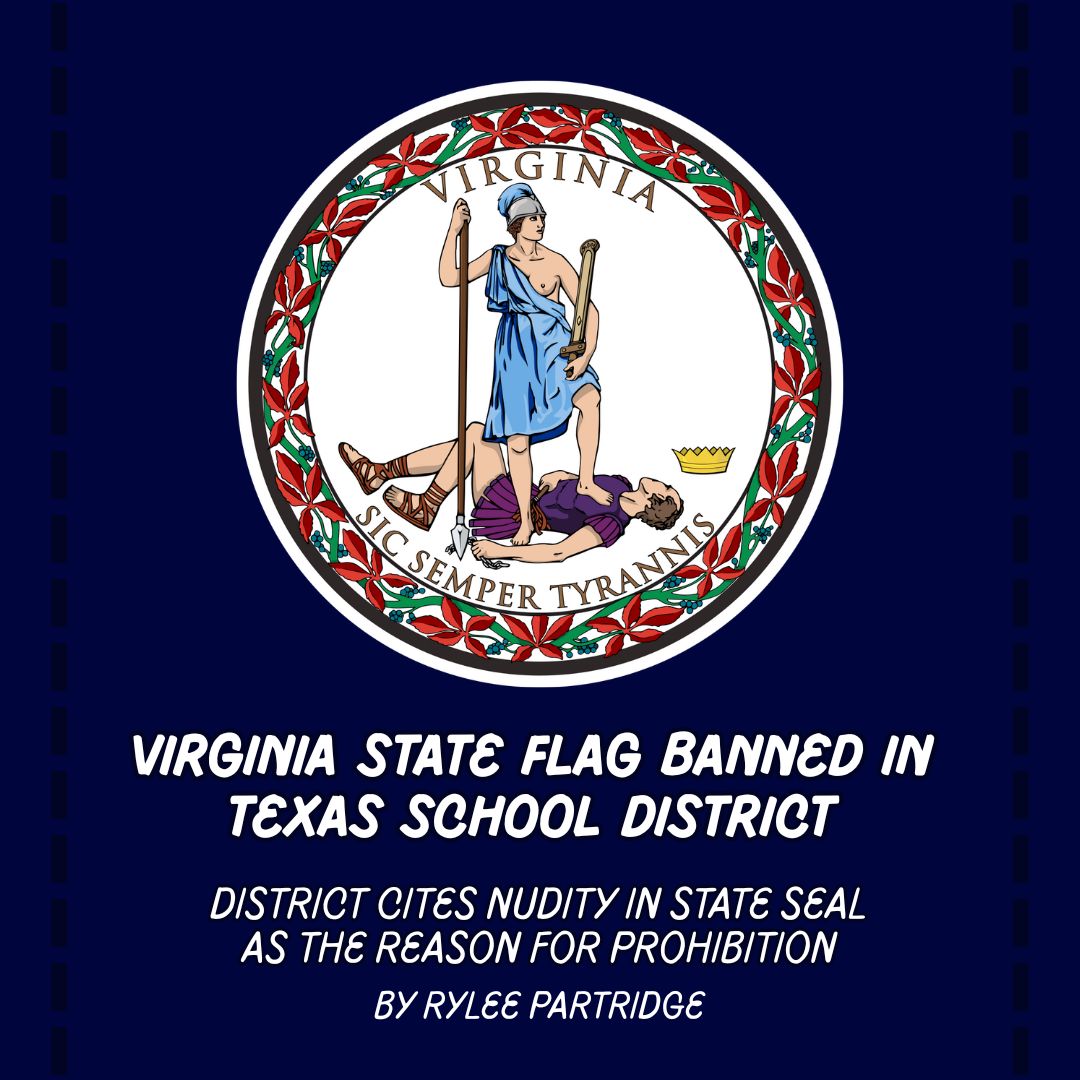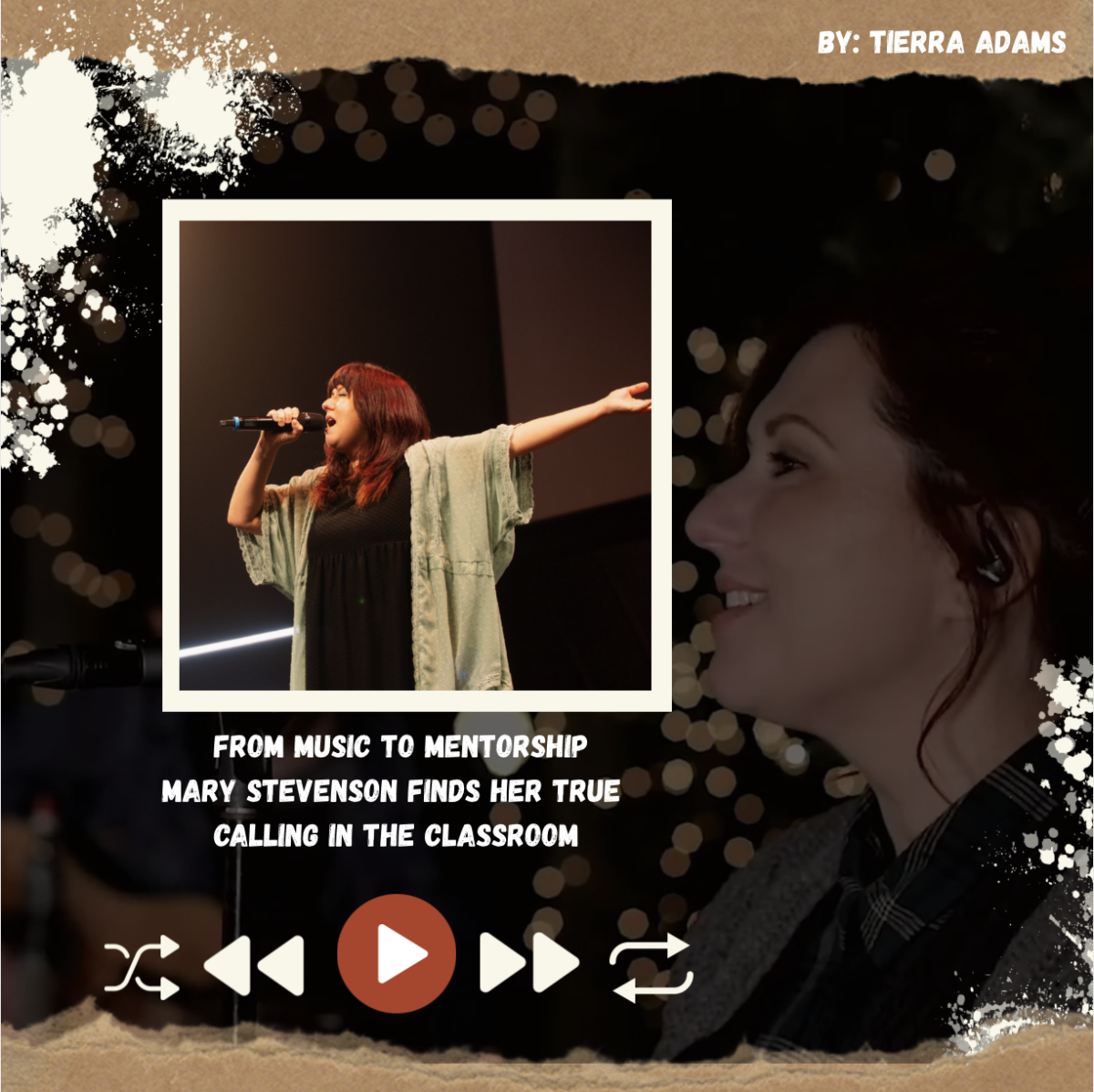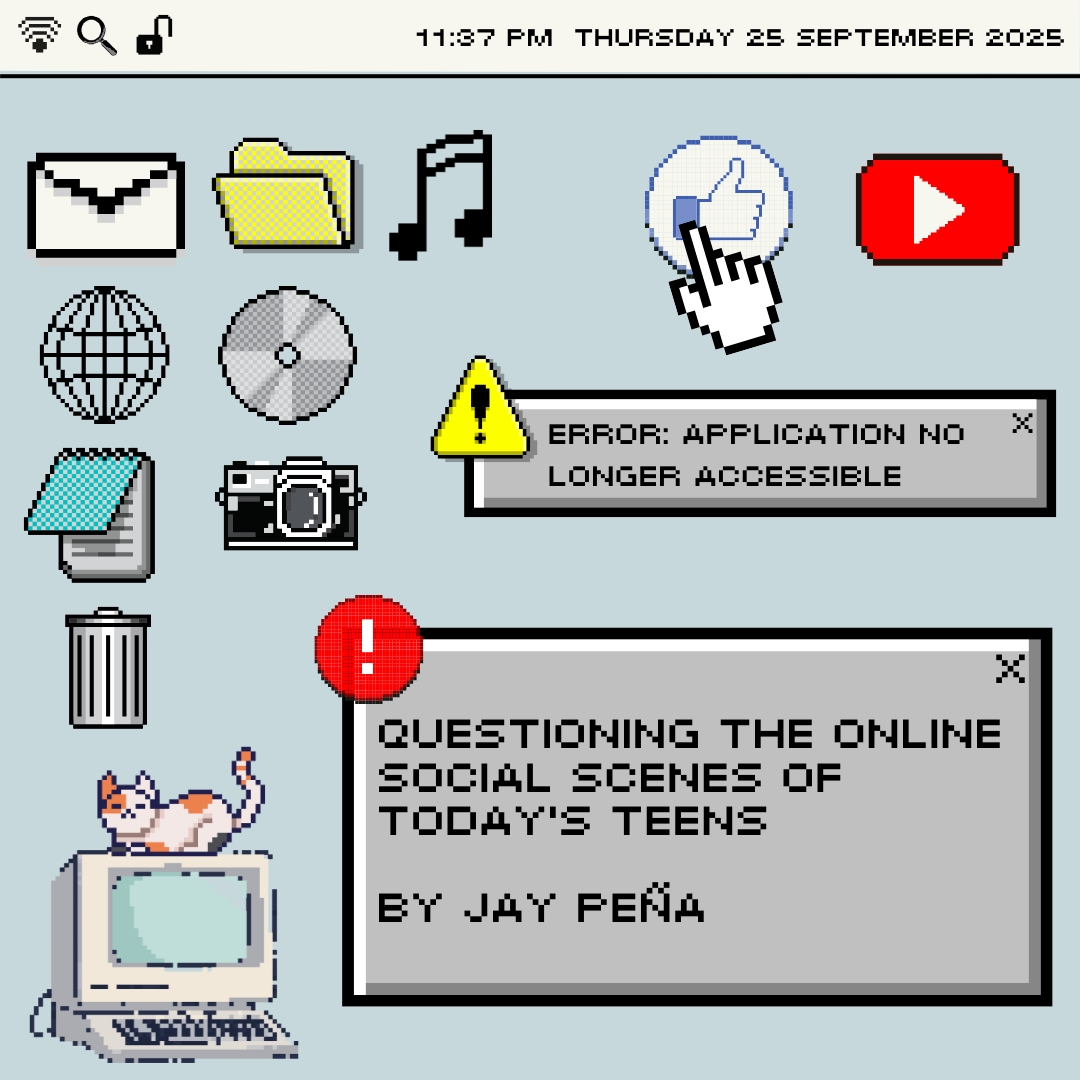On November 8th, a new model policy went into effect.
Before the release of the new policy the School Board released a statement (now on their website) saying that they are “committed to maintaining an environment where all students and staff members conduct themselves in a manner built on mutual respect, where differences are understood and appreciated, and where all persons are treated fairly and with respect.” They added “it is the Policy of the School Board to prohibit any and all discrimination, harassment and bullying based on an individual’s race, color, religion, national origin, sex, sexual orientation, gender identity, pregnancy, childbirth or related medical conditions, age, marital status, disability, genetic information or military/veteran status.”
The following information was released concerning student nicknames:
According to the School Board’s official website, school personnel shall refer to each student using only: “the name that appears in the student’s official record, a nickname that the eligible student or the parent of a minor student has designated in the student’s official record, or a nickname commonly associated with the name that appears in the student’s official record.” For example, if a person’s name is Joseph and they go by Joey, or their name is William and they go by Bill, that would be a commonly associated nickname.
This means that a student cannot simply request to go by a nickname/preferred name if it is not on their official record/Synergy or it is not a commonly associated nickname. According to Policy 5-31, Regulation 5-7.1, administrators and counselors must immediately notify the parent if the student wants to go by a nickname not meeting the above criteria.
Guidelines for pronoun usage were also announced as part of this model policy. Those guidelines state that “school personnel shall refer to a student using only the: pronoun associated with the student’s sex or gender identity as set forth in the student’s official record, or the pronoun that the eligible student or parent of a minor student has designated in the student’s official records. Note: The pronouns recognized by the School Division will be he, she, or they.”
Again, this means that a student cannot simply request a particular pronoun. It needs to be submitted by the parent and included on their official record. If a student requests to go by pronouns different than what is on their record, the teacher must notify guidance counselors and administration, who will then reach out to the parent.
Parents have been notified of this information and were given directions on how to submit student nicknames and pronoun preferences via an Alert Now.
Mandating the notification of parents for name and pronoun requests raised concerns among students about how the safety of transgender students will be affected.
“In the cases where trans students are accepted by their families, this policy may not be a big deal, but in the cases where students can only find acceptance outside of their homes, this policy could put them in legitimate danger,” said senior James Torgerson.
In addition to the initial worry surrounding student safety, students and staff have worries regarding the clarity of the model policy and the logistics involved in putting into practice.
“One issue with the new model policy includes many exemptions for parental notification of nicknames that may cause confusion for parents, students, and school personnel,” said co-sponsor of the Gender and Sexuality Alliance, Mr. John Moss. “For example, if a student goes by a ‘nickname’ in an after-school or instructional environment (Let’s say everyone on the team calls them “Turbo”) then the school is not required to officially inform the parents of the nickname. Does that also mean if a student in GSA wants to go by a different name, they receive the same treatment? Currently, that is unclear.”
Over the course of the past year, a group have students, including sophomore Bethany Wilmoth and senior Orion Davis, have been attending School Board meetings to advocate for and discuss transgender rights while pushing against anti-trans policies.
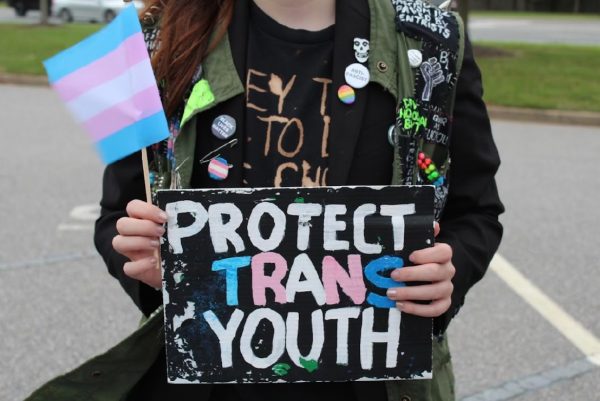

“I’ve witnessed and learned so much as a result of being so heavily involved with speaking at School Board meetings. On one hand, social media could be a nightmare. I’d spend hours scrolling through comment sections. I have seen death threats. I have seen grown adults talk about us as if we were animals. It’s a lot to experience when you’re a teenager,” said Wilmoth. “There have been times when I went to School Board meetings and felt as if I may be in danger, and I was not alone in this sentiment. That’s what helped us all keep going. There was a sense of community amongst all of us, particularly because many of us were members of the LGBTQ+ community ourselves.”
Davis had a similar experience.
“I feel very scared and I don’t think the majority of the board actually cares about the students affected by this despite how much they claim to,” said Davis. “I feel the policy is not specific and leaves too much gray area. It’s supposed to protect parent’s rights, yet also targets transgender students of accepting parents through bathroom and sports rules.”
The new policy also designates that “for any school program, event, or activity (including extracurricular activities) that are separated by sex, the appropriate participation of students shall be determined by sex rather than gender or gender identity.” This means that students will need to play on the sports team with the team that matches their sex-assigned-at-birth.
Lastly, the policy also designates restroom guidelines. According to the policy: “Students are entitled to be safe in and use restrooms, locker rooms, and changing facilities without harassment, discrimination, fear, or intimidation. Students will use the restrooms that correspond to the student’s sex as designated in the student’s official record, unless state or federal law requires modifications.”
While this policy may sound like it primarily impacts older students, it includes transgender students in every grade level.
“At Salem, I hope there won’t be much change. I have found this school to be on the whole, very supportive of trans students, and I don’t think that culture will be affected by a change in administrative rules. However, I do worry for the elementary and middle school VBCPS students who, by and large, do not have access to the same support systems that we do. Kids are a vulnerable population, and forcibly outing trans kids only served to put them in danger.” said Torgerson.
Wilmoth believes that providing resources, as well as a sense of unity and hope, can help transgender students.
“I want every transgender student in our school system to have access to resources that can assist them in various situations. Students in VBCPS need to stand together and show all of our peers that we’re here for them. All I want is for students to have some kind of community, some way to understand that they aren’t alone. I hope that one day these model policies will be changed, but for now I want to continue to help,” said Wilmoth.
List of Resources:
- Trans Lifeline is 877-565-8880
- The Trevor Project hotline – text START to 678-678, call 1-866-488-7386, message them on their website
- The Salem High School GSA
- PFLAG resources
- Use Q Chat Space
- Seton Youth Shelter
- Transgender Assistance Program of Virginia is run by trans for trans, primarily focused on Norfolk, focused on adults but has resources available for minors as well
